Sacrificial growth
To develop a girthy trunk, let a few branches grow wild.
There’s a concept in bonsai called a sacrifice. You pick a branch that you won’t need for the tree’s final design and let it grow free until you eventually remove it. Here are two good examples from bonsai artists. The bonsai parts of the trees reside just a few inches above the soil. The wildly disproportionate branches on top are the sacrifices.
Sacrifice branches have a few uses. They help a weakened tree regain strength and facilitate healthy roots. If a tree has an open wound that needs closing, a nearby sacrifice branch will accelerate healing. Most frequently they’re used to fatten part of a trunk.
The way trees work, photosynthesis from any branch thickens the wood beneath it, all the way down to the roots. The effect compounds as a tree grows skyward, so lower sections of trunk benefit most from this accumulated growth. Bonsai artists don’t have 50 years to wait for this trunk taper to occur naturally, so they mimic the effect by growing and chopping sacrifice branches. The result is a dramatic change in taper, direction, and even feeling of the tree.
Unlike deciduous oaks or maples, pine trees can’t be chopped back to bare stumps; their branches need foliage to survive. So if you want a tapered trunk on a pine you need to manage two trees at once: the sacrificial growth above and the bonsai design below.
For a while I’ve wondered what to do with this pine, which is growing top-heavy and unwieldy for bonsai purposes. Last week a Reddit post inspired a solution. Consider your tree’s strengths, the poster said, such as a wide root flare or contorted branches, and cater to them. Prune away the rest.
I like the movement in the first couple inches of trunk and the lowest set of branches are scraggly but healthy. Even with most of the tree’s energy going towards its top branches, some of these lower ones have split off and ramified. Above this point the trunk curves back on itself into an exaggerated question mark. None of the second set of branches suggest an interesting new direction for the tree, let alone the third.
It hit me that everything above those first branches was inessential. The tree would look better without it. So for the next few years, I’ll treat it all as sacrificial growth. When I chop it off I’ll get the beginning of a tapered trunk in the informal upright style.
I reduced the first set of branches down to two. Eventually, one will become the tree’s first lateral branch and the other will become the new trunk. In spring I’ll trim the sacrificial growth above to make sure it doesn’t shade out the branches I want to keep.
Sacrificial growth is how a tree wants to grow. The tall branches grow taller and the thick ones grow thicker. These are the branches that assert a tree’s apical dominance over its neighbors in their fight for sunlight. They yield tall, straight, predictable trunks that are resilient to the elements.
We don’t want tall, straight trees for bonsai.1 We want squat and sinuous ones; winding trunks with character. To get them, we need to overcome a tree’s instincts. There is a kind of inertia in a tree's apical growth. When you prune a sacrifice branch you force a tree to change its plans.
Every tree has a story, and just like people, each one is worth hearing. The question is, how many of those stories do you want to hear again and again?
Tree reading
Chicago’s oldest tree is older than the city itself. Now one of the last remnants of the region’s old growth forest is dying and has to be cut down. [Block Club Chicago]
A coop for buying Christmas trees sounds like a good way to spruce up an industry’s questionable practices! [Patch]
FOR THE MOST PART. Please don’t throw tomatoes at me.

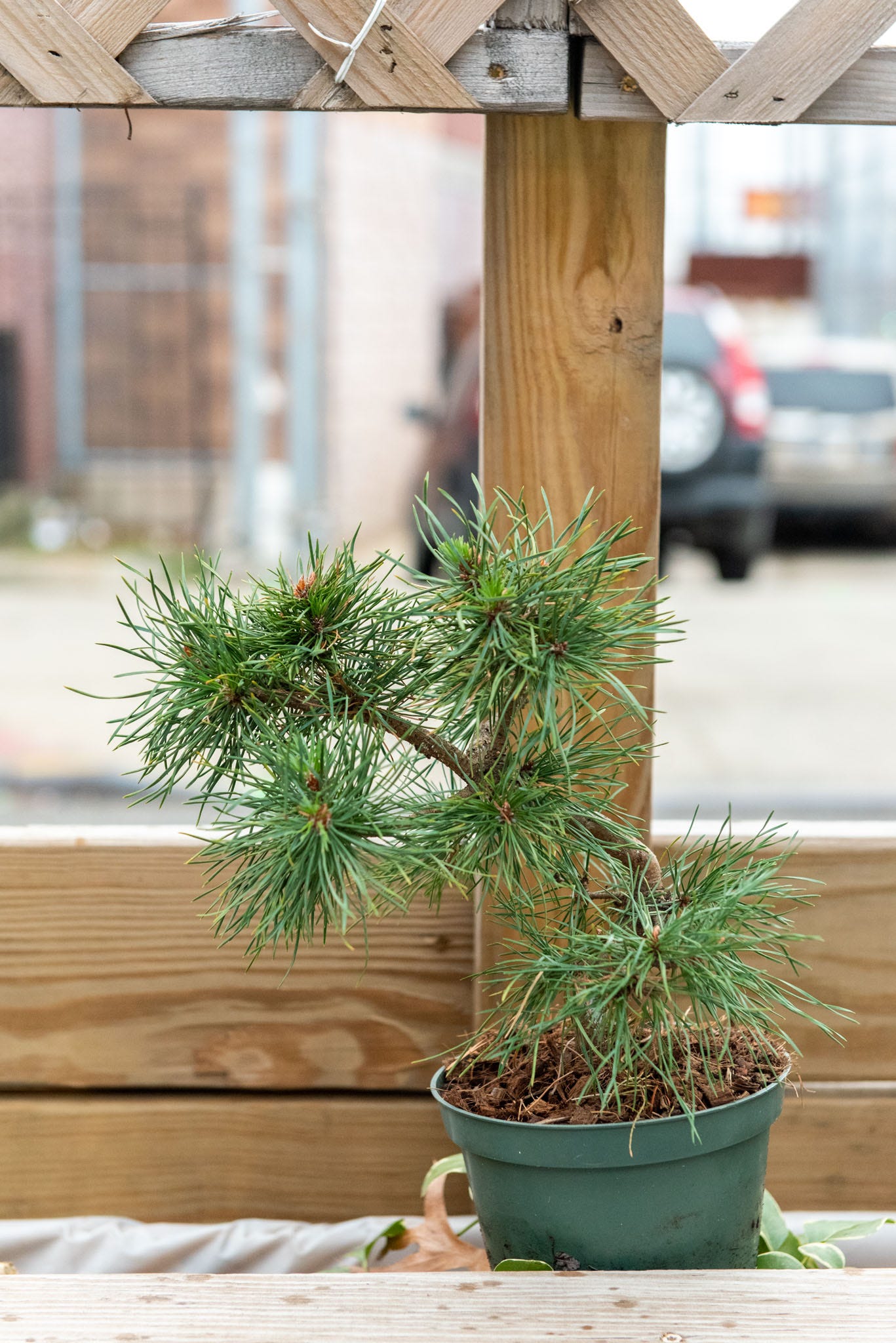
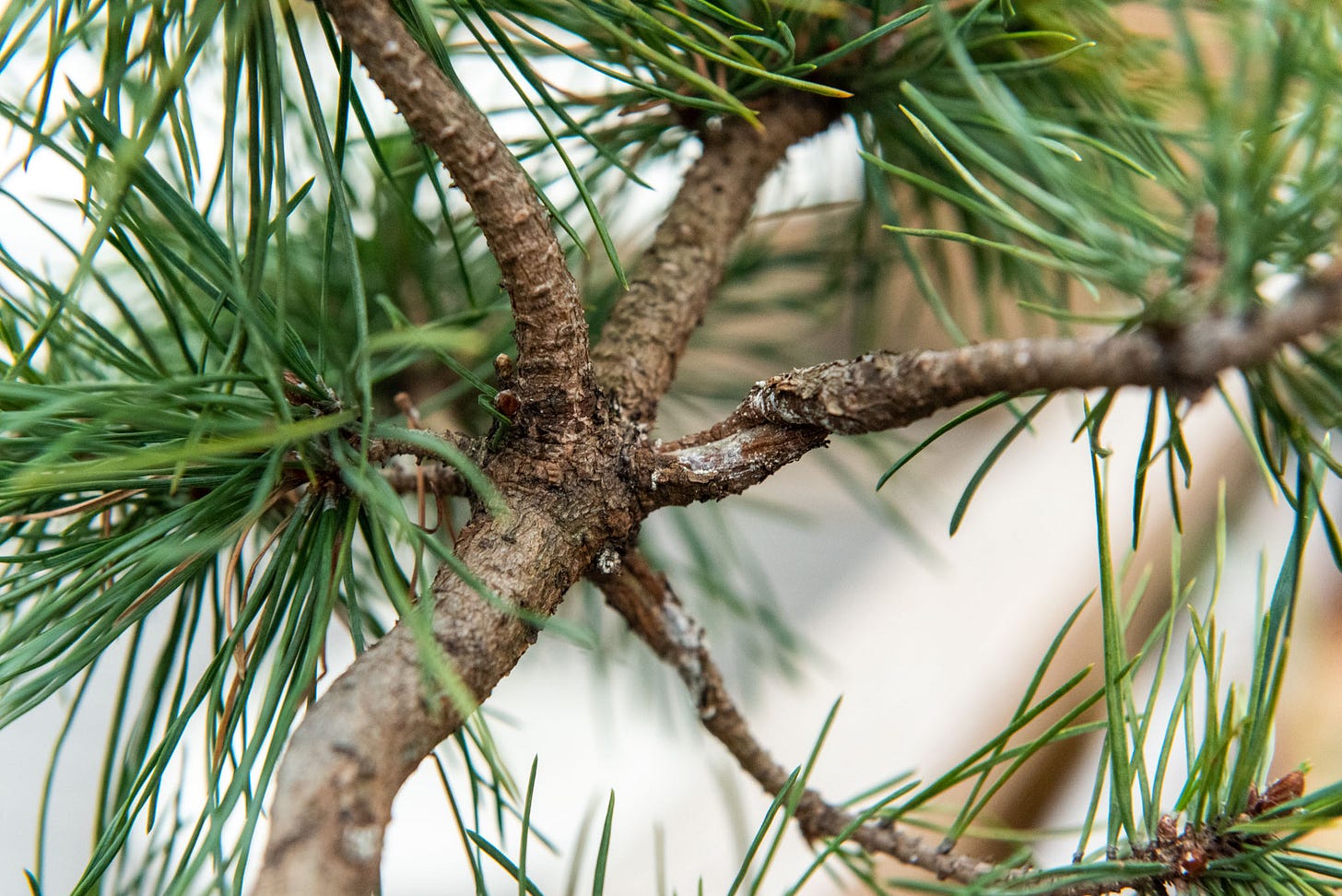
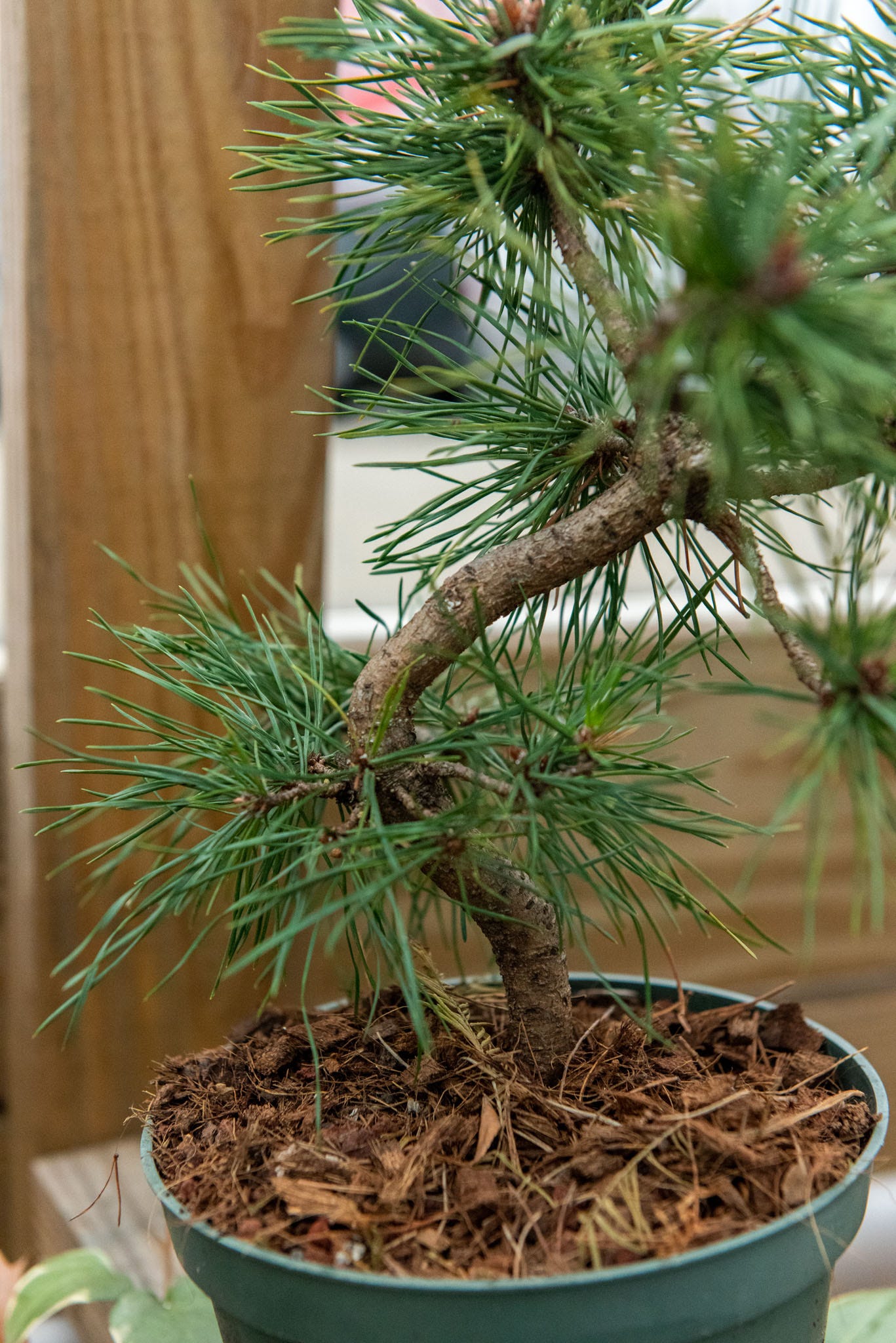
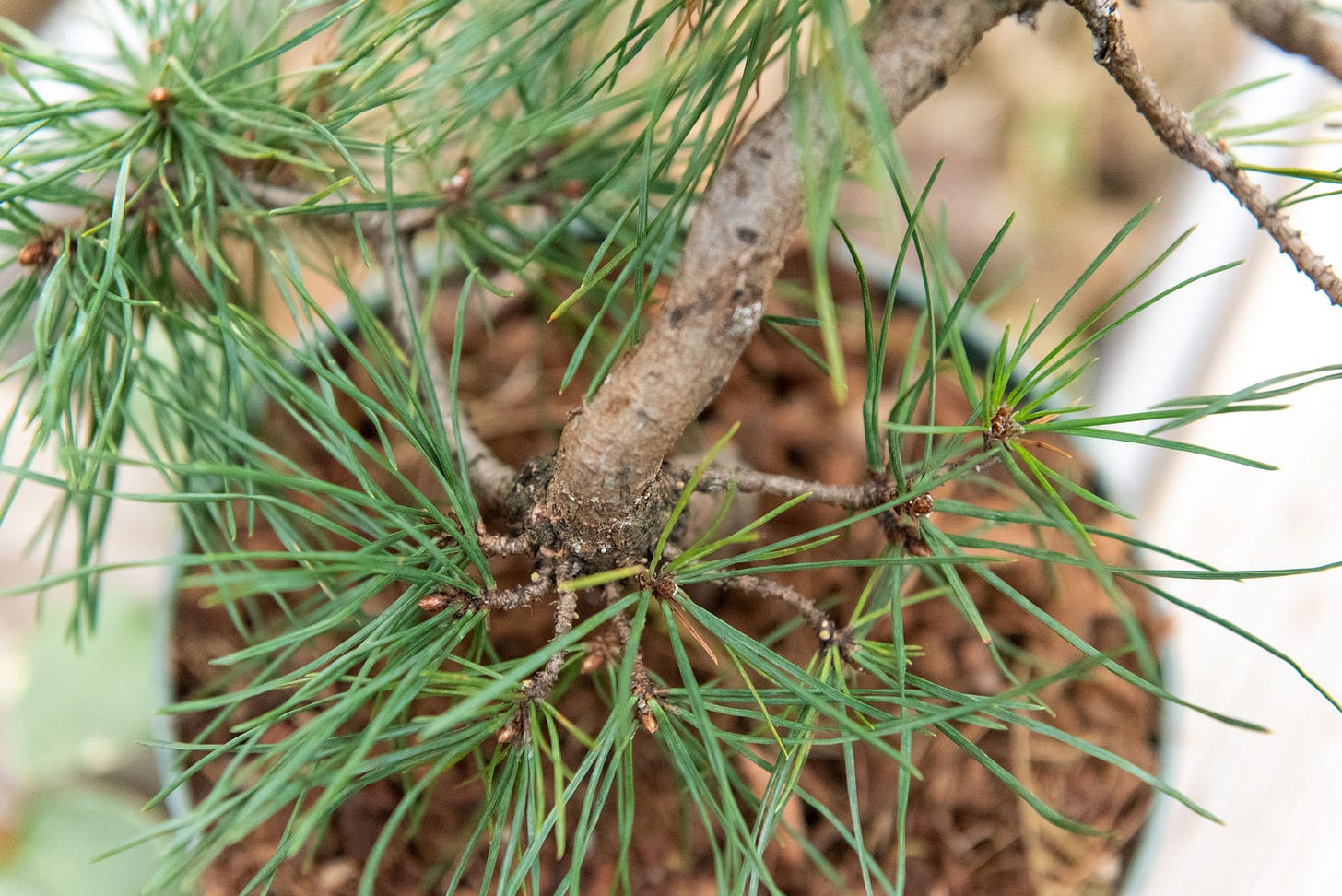
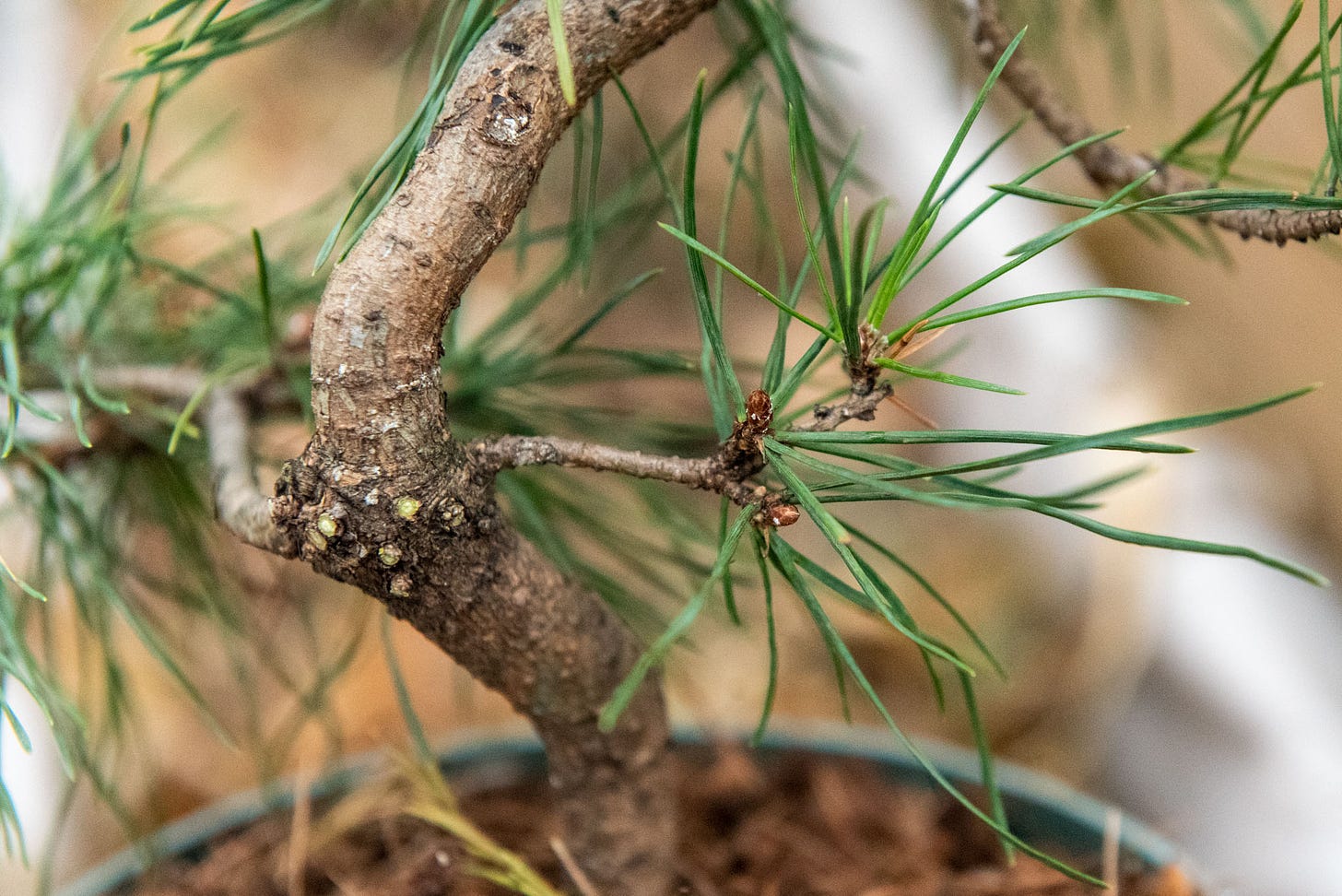
Insightful post — again. Learned a lot from you all year, Max! Merry Christmas!